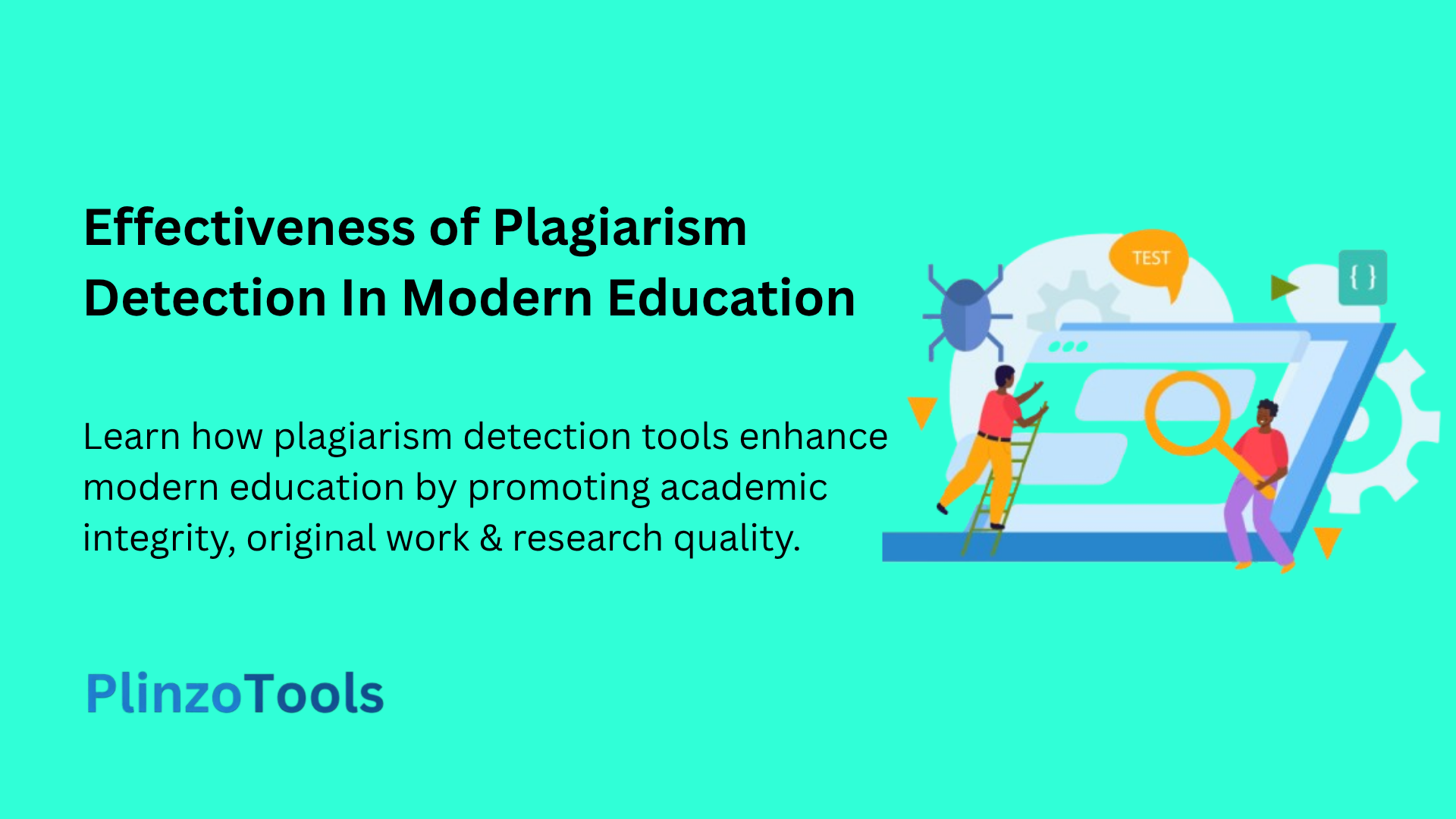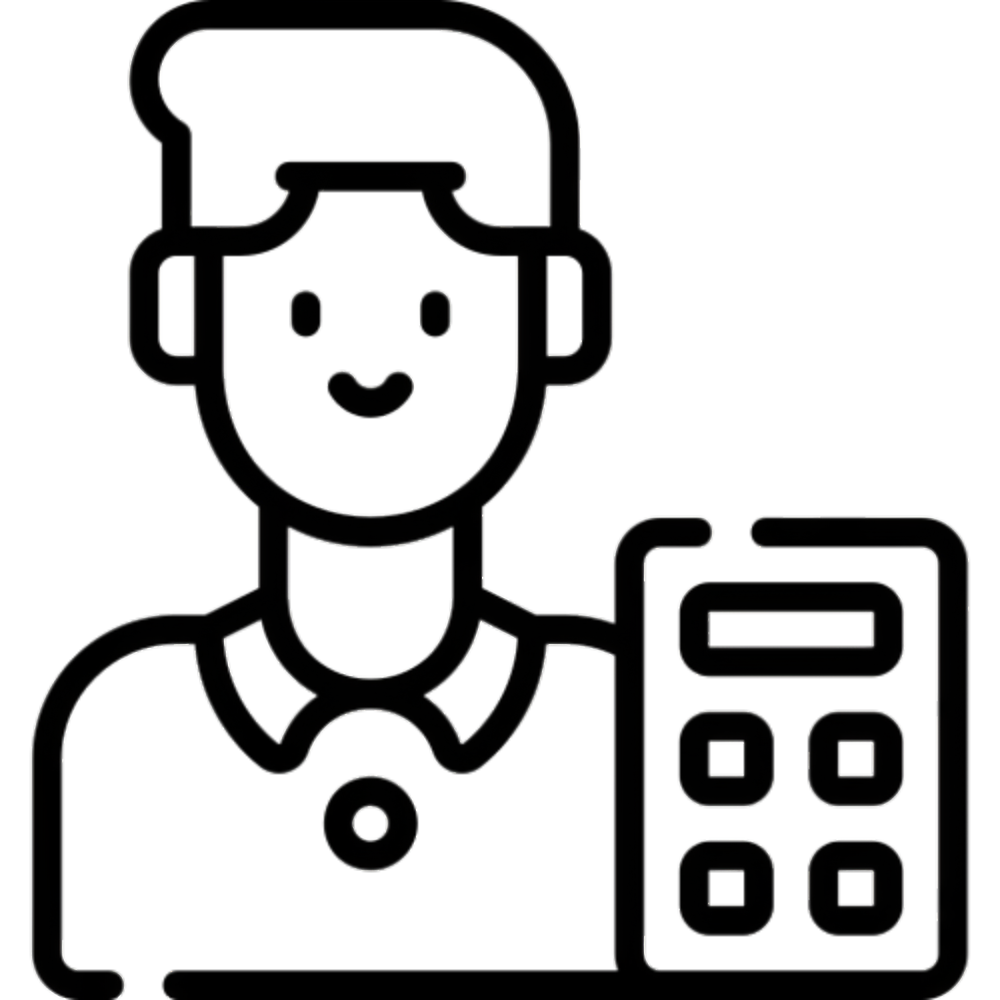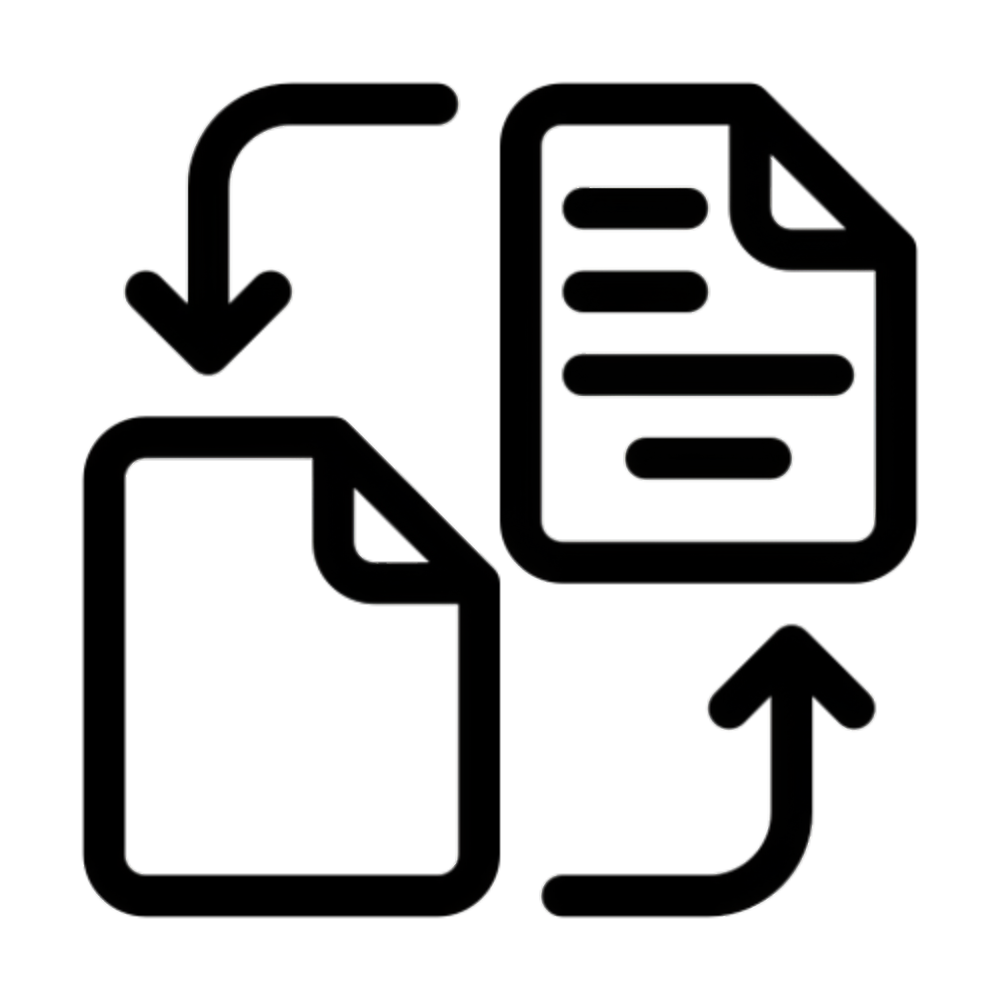
Effectiveness of Plagiarism Detection In Modern Education

Effectiveness of Plagiarism Detection In Modern Education
The digital transformation of education has fundamentally changed how students access and utilize academic information. While this technological advancement has democratized learning resources, it has simultaneously created unprecedented challenges for maintaining academic integrity. Modern educators face a complex landscape where plagiarism detection tools have become essential components of the educational ecosystem.
Understanding the effectiveness of plagiarism detection systems in contemporary education requires examining their multifaceted impact on students, educators, and institutions. This comprehensive analysis explores how these tools transform academic environments, promote ethical learning practices, and contribute to the overall quality of education in the digital age.
The Digital Education Landscape and Academic Integrity Challenges
The widespread availability of digital academic resources has revolutionized how students conduct research and complete assignments. However, this accessibility has inadvertently facilitated academic dishonesty, with students increasingly tempted to copy content from online sources and present it as original work.
Modern plagiarism detection systems address these challenges by providing sophisticated algorithms capable of identifying copied content across vast databases of academic materials. According to research published in the Journal of Academic Ethics, institutions implementing comprehensive plagiarism detection programs report significant improvements in academic integrity compliance.
The effectiveness of these systems extends beyond simple content matching, incorporating advanced technologies such as artificial intelligence and machine learning to identify paraphrased content, translated materials, and even AI-generated text that may circumvent traditional detection methods.
Encouraging Original Content Creation
One of the most significant benefits of plagiarism detection tools is their ability to motivate students toward original content creation. When students understand that their work will be systematically evaluated for originality, they are more likely to invest time and effort in developing authentic academic contributions.
This behavioral shift occurs through several mechanisms. First, the knowledge that plagiarism will be detected serves as a deterrent, encouraging students to avoid shortcuts and engage with source materials more thoughtfully. Second, the feedback provided by detection systems helps students understand the boundaries between acceptable citation practices and academic misconduct.
Educational institutions report that students who initially struggle with plagiarism issues often develop stronger research and writing skills when provided with clear guidance and consistent detection protocols. This transformation demonstrates how plagiarism detection tools can serve as educational instruments rather than merely punitive measures.
Promoting Academic Integrity Through Systematic Detection
Academic integrity represents the foundation of scholarly discourse and educational excellence. Plagiarism detection systems play a crucial role in maintaining these standards by providing objective, consistent evaluation of student submissions.
The International Center for Academic Integrity emphasizes that effective plagiarism detection programs must be integrated into broader academic integrity frameworks that include clear policies, educational components, and supportive interventions. This holistic approach ensures that detection tools serve educational rather than purely disciplinary purposes.
Modern detection systems contribute to academic integrity by identifying various forms of plagiarism, including direct copying, paraphrasing without attribution, self-plagiarism, and collaborative work submitted as individual effort. This comprehensive coverage helps educators address the full spectrum of academic integrity challenges.
Streamlining the Academic Evaluation Process
Traditional manual detection of plagiarism was time-consuming and often inconsistent, requiring educators to rely on intuition and limited search capabilities. Contemporary plagiarism detection tools have revolutionized this process by providing rapid, comprehensive analysis of student submissions.
These automated systems can process hundreds of documents simultaneously, comparing them against extensive databases of academic content, published materials, and previously submitted work. The efficiency gains are substantial, allowing educators to focus their time on providing meaningful feedback rather than conducting tedious plagiarism investigations.
Advanced detection platforms offer features such as similarity reports, source identification, and detailed analysis of potentially problematic sections. This comprehensive feedback enables educators to make informed decisions about academic integrity violations while providing students with clear explanations of detected issues.
Raising Student Awareness and Educational Impact
Many students enter higher education with limited understanding of plagiarism concepts and proper citation practices. Plagiarism detection tools serve an important educational function by raising awareness about these critical academic skills.
When students receive detailed reports highlighting potential plagiarism issues, they gain insights into proper attribution methods, the importance of original thought, and the ethical implications of academic dishonesty. This educational impact extends beyond individual assignments, contributing to the development of lifelong scholarly habits.
Research conducted by Educational Testing Service indicates that students who receive comprehensive feedback from plagiarism detection systems demonstrate improved citation practices and reduced instances of academic misconduct in subsequent assignments. This learning curve suggests that detection tools can effectively serve preventive rather than purely reactive functions.
Supporting Institutional Policies and Compliance
Academic institutions must establish and maintain clear policies regarding academic integrity and plagiarism. Plagiarism detection tools provide the technological infrastructure necessary to implement these policies consistently across diverse academic programs and student populations.
Institutional compliance with academic integrity standards requires systematic documentation of plagiarism incidents, consistent application of consequences, and transparent communication of expectations. Modern detection systems support these requirements by providing detailed audit trails, standardized reporting mechanisms, and integration with learning management systems.
The effectiveness of institutional plagiarism policies depends heavily on the reliability and accuracy of detection tools. Institutions that invest in comprehensive detection systems demonstrate commitment to academic excellence while providing students and faculty with clear expectations regarding original work requirements.
Creating Learning Opportunities Through Detection
Plagiarism detection should be viewed as an opportunity for educational growth rather than merely a punitive measure. When students are required to revise work identified as potentially plagiarized, they engage in valuable learning experiences that strengthen their academic skills.
The revision process typically involves several educational components: understanding the difference between acceptable and unacceptable use of sources, learning proper citation techniques, developing paraphrasing skills, and strengthening critical thinking abilities. These skills transfer to future academic and professional endeavors, making plagiarism detection an investment in long-term student success.
Educators who frame plagiarism detection as a learning opportunity often observe improved student attitudes toward academic integrity and increased engagement with course materials. This positive transformation demonstrates the potential for detection tools to enhance rather than diminish the educational experience.
Improving Research Quality and Academic Standards
The quality of student research has become a growing concern in the digital age, with easy access to information sometimes leading to superficial engagement with academic sources. Plagiarism detection tools contribute to research quality improvement by encouraging deeper engagement with source materials.
When students know their work will be evaluated for originality, they are more likely to conduct thorough research, engage critically with sources, and develop original insights. This behavioral change leads to higher-quality academic work that demonstrates genuine learning and intellectual growth.
According to studies published in the International Journal for Educational Integrity, institutions with comprehensive plagiarism detection programs report improvements in overall research quality, with students demonstrating better source evaluation skills and more sophisticated analytical thinking.
Technology Integration and Future Developments
Modern plagiarism detection systems continue evolving to address emerging challenges in academic integrity. Artificial intelligence and machine learning technologies enable more sophisticated detection of paraphrased content, translated materials, and AI-generated text.
These technological advances ensure that detection systems remain effective as students develop new methods of circumventing traditional plagiarism detection. The ongoing evolution of detection capabilities demonstrates the dynamic nature of academic integrity challenges and the importance of maintaining current detection technologies.
Cloud-based detection platforms offer additional benefits including real-time processing, extensive database access, and integration with popular learning management systems. These features enhance the effectiveness of plagiarism detection while reducing the technical burden on educational institutions.
Measuring Effectiveness and Continuous Improvement
The effectiveness of plagiarism detection programs requires ongoing assessment and refinement. Institutions should regularly evaluate detection accuracy, student learning outcomes, and the impact on academic culture to ensure these tools achieve their intended goals.
Key performance indicators for plagiarism detection effectiveness include reduction in plagiarism incidents, improvement in student citation practices, enhanced research quality, and positive changes in academic culture. Regular assessment of these metrics enables institutions to optimize their detection programs and maximize educational benefits.
Conclusion
Plagiarism detection tools have proven highly effective in modern education, serving multiple functions that extend far beyond simple content matching. These systems promote academic integrity, encourage original thinking, streamline evaluation processes, and create valuable learning opportunities for students.
The effectiveness of plagiarism detection depends on thoughtful implementation that emphasizes education over punishment, provides clear guidance to students, and integrates detection tools into comprehensive academic integrity programs. When properly utilized, these tools contribute significantly to the quality and integrity of modern education.
As educational technology continues evolving, plagiarism detection systems will likely become even more sophisticated and effective. Institutions that embrace these tools while maintaining focus on their educational mission will be best positioned to maintain academic excellence in the digital age.
The future of education requires balancing technological accessibility with academic integrity, and plagiarism detection tools provide essential support for achieving this balance. Through continued development and thoughtful implementation, these systems will remain valuable assets in the pursuit of educational excellence.
You can also check PlinzoTools for more useful online tools for your daily work. They are all secure and free-to-use utilities. So, do give them a try!































